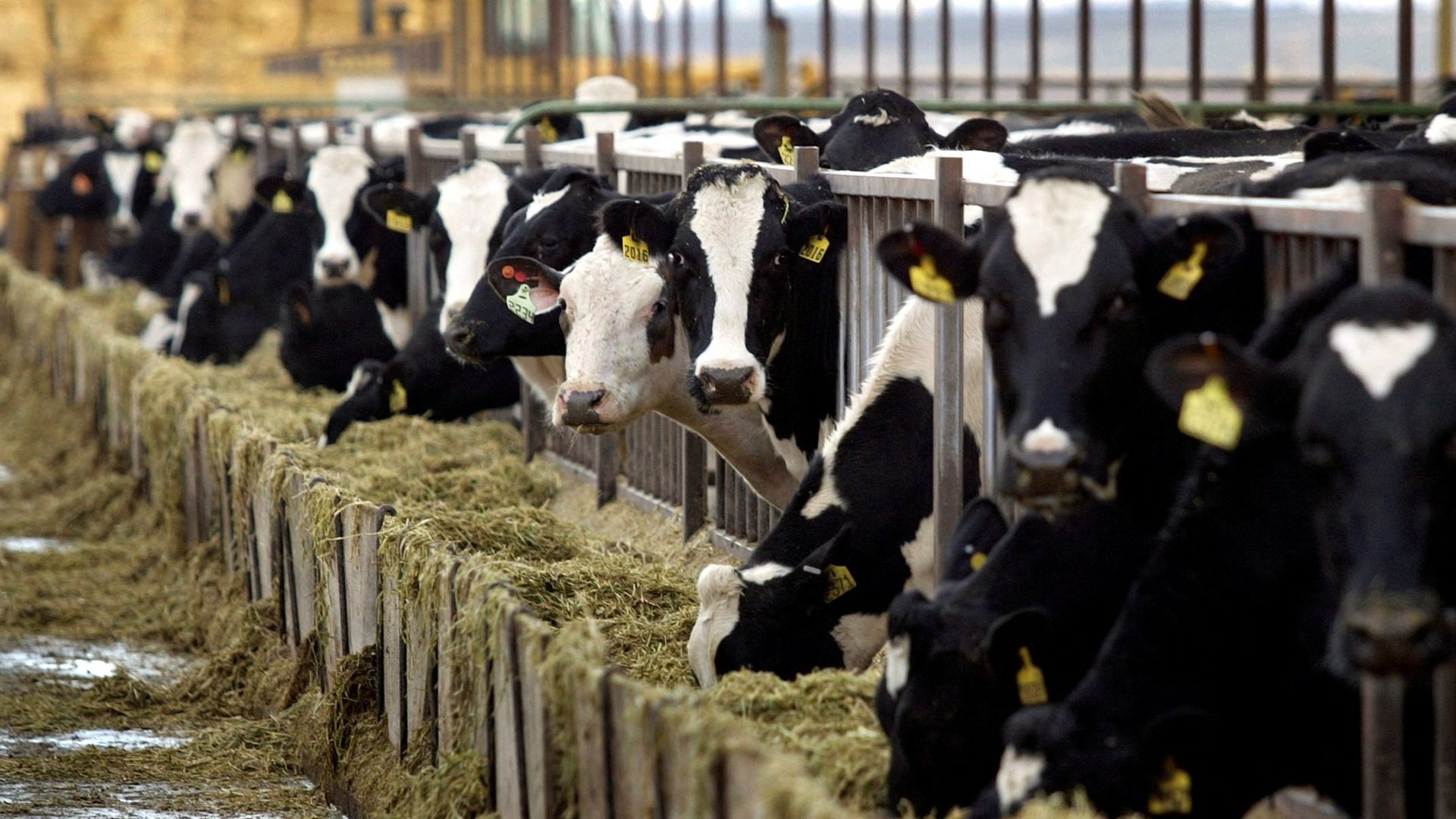Oatly’s loss of market share is good for shoppers and the environment
Oatly is no longer the star of the oat milk scene. Planet Oat, a lower priced alternative, now makes up 37% of the US oat milk market, whereas Oatly accounts for 22%, according to data from IRI, a Chicago-based market research firm.


Oatly is no longer the star of the oat milk scene. Planet Oat, a lower priced alternative, now makes up 37% of the US oat milk market, whereas Oatly accounts for 22%, according to data from IRI, a Chicago-based market research firm.
When Oatly, which is based in Sweden, first launched in the US in 2016, the company had the market largely to itself. But its fast growth and limited supply attracted rivals. Now a handful of oat milk brands including Planet Oat, Califia Farms, and Mooala are available on grocery store shelves.
Losing market share might be bad for Oatly, but the competition is good for consumers. Oat milk has become more affordable: The average price of a half-gallon carton of oat milk has fallen from $5.68 in 2017 to $4.44 now. The price of a half-gallon carton of Oatly is $5, whereas, for Planet Oat, it is $4.34, and for Chobani, it is $4.44, according to IRI. Meanwhile, the price of a half gallon of cow’s milk is $2.20, and for almond milk, $2.96.
Keeping up with the demand for oat milk
Oatly has struggled to keep up with growing demand, as the Wall Street Journal reported this week. In November, the company’s executives told investors they were having trouble ramping up production at Oatly’s second US factory in Utah. Oatly has largely relied on contract manufacturers, but new players have created more competition for those services. From 2016 to 2021, global sales for milk alternatives grew 23% from $14.4 billion to $17.7 billion, according to data from Euromonitor, a London-based market research firm.
🎧 For more intel on Oatly and its competitors, listen to the Quartz Obsession podcast episode on oat milk. Or subscribe via: Apple Podcasts | Spotify | Google | Stitcher.
When Toni Petersson became CEO of Oatly in 2012, he led a redesign of the packaging and advertising that focused on quirky slogans like “No milk. No soy. No badness” to stand out from the dairy industry. In 2016, Oatly came to the US by partnering with hip, independent coffee shops like La Colombe and Intelligentsia, and quickly became the milk of the moment. Oatly now sells oat-based ice cream, yogurt, and whipped-cream substitutes, and its products are available in 20 countries.
More oat milk, fewer emissions?
The proliferation of oat milk brands may also be good for the environment. Compared to dairy products or almond milk, oat milk uses a lot less water. A 2018 analysis of a variety of milks, published in the journal Science, found oat milk to produce fewer emissions than most alternatives.
Overstating these claims, though, has been controversial. Last July, Spruce Point Capital, an activist short seller, published a report claiming that Oatly had misled investors about its sustainability practices. It alleged Oatly had cherry picked the data for an investor presentation in June 2021 omitting how Oatly’s water consumption is worse than dairy milk, and the company’s production process produces “dangerous volumes of wastewater.” Oatly said the claims in the report were false, and the analysis from Science not only found oat milk used less water than cow’s milk but also that it used less water than rice or almond milk as well.